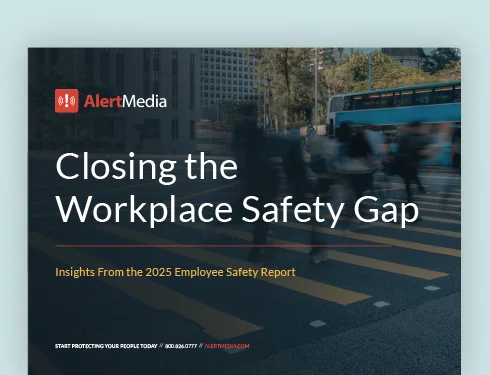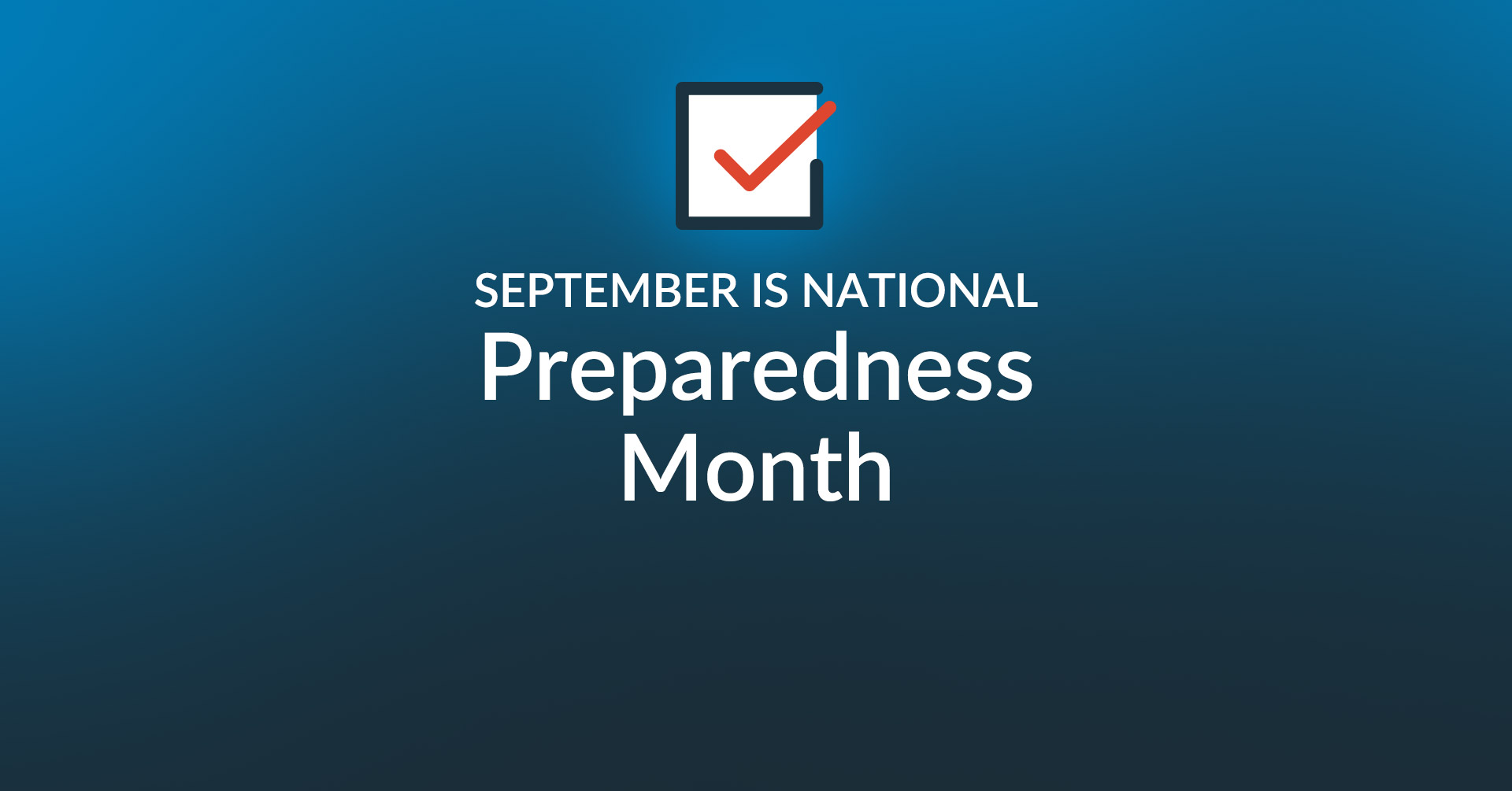
Preparing for Winter Weather During a Pandemic [Webinar Recap]
On November 10, meteorologists from the National Weather Service joined AlertMedia to discuss how to prepare for winter weather during the pandemic. Read the recap and access the recording of the webinar.

On November 10, AlertMedia hosted its second “Coffee with an Expert” event—a live Q&A session on preparing for winter weather during the pandemic. The webinar was led by Jason Franklin and Paul Yura—meteorologists with the National Weather Service—who were joined by Peter Steinfeld, SVP of Safety Solutions at AlertMedia.
Paul and Jason began the discussion by sharing this year’s winter forecast and answering audience-submitted questions about the obstacles businesses are facing during this uniquely challenging season. The overarching theme of this discussion was how to ensure the physical and mental wellbeing of employees during the winter. If you missed the Q&A, you can access the recording here.
What Makes This Winter Different
- A higher percentage of remote workers means productivity can be dependent on employees’ home internet quality
- Increased risk of COVID-19 transmission
- Heightened sickness and stress during the winter/holiday season
- More children at home due to COVID-19 exposure or school closures
Expert Advice on Preparing for Winter During a Pandemic
From icy roads and heavy snowfall to a potential surge of COVID-19 cases, Paul and Jason answered attendees’ questions and provided actionable advice on:
Avoiding Business Disruptions Caused by Inclement Weather
The pandemic has resulted in multiple factors that require an added level of planning to keep employees safe this winter, whether or not they are in the workplace. Some of the biggest factors to keep in mind include:
- COVID-19, or other illness like the seasonal flu
- Cold temperatures (snow, freezing rain, etc.)
- Dangerous driving conditions
- School closings
- Seasonal affective disorder
Jason’s advice to keep employees safe and informed during the winter months includes creating a business continuity plan in advance that accounts for the previously mentioned factors.
“It’s all about planning. You can reduce anxiety and fear when it comes to winter weather by planning ahead. Take time to make those communication plans beforehand.”
– Jason Franklin, Meteorologist in Charge, National Weather Service
Paul also enforced the idea of planning ahead, even for organizations located in warmer climates. He explained that even if cold temperatures are not typically an issue in your area, water brakes and power outages can still occur and become disruptive to your business. These domino effects of winter weather should be considered when creating a winter preparedness plan for your organization.
How to Create a Winter Preparedness Plan
- Identify threats to your organization
- Plan for the worst-case scenario
- Practice emergency responses
- Communicate with employees via multiple channels
One attendee asked what organizations can do ahead of time to be resilient when storms strike. Paul emphasized that practicing continuity plans can ensure your business will be ready to handle whatever comes its way. Start by identifying the threats to your business (cold weather, icy roads, power outages, etc.) and practice your response to those scenarios. Double-check emergency contact numbers, meet with the partners you will be counting on to respond during these times, and check for any gaps in your plan.
Peter stressed that organizations should prepare for the worst-case scenario, have an inclement weather policy in place, and be able to send employees updates via multiple channels. He expressed that communicating with employees early and often is key to reducing anxiety and confusion and can help your organization avoid accidents. By providing consistent resources and keeping employees informed through regular updates, you can account for less stress and higher productivity across the board.
Responding to Seasonal Affective Disorder and Disconnection Among Remote Workers
Seasonal affective disorder is a common experience employees face during the winter. This year, remote working has added new challenges, leading to an increased feeling of isolation among employees. To combat disconnection among employees, Peter encouraged regular company communication and advised managers to check in with team members and ask how they’re doing, specifically in regards to the pandemic. Listening to employee needs and taking action when they need help is the best way to build trust and allow your business to keep moving forward.
Other ideas Peter shared for keeping employees engaged and connected included organizing team-based web happy hours or randomly-assigning virtual hangouts with members across your organization to chat and get to know each other.
For more tips and actionable insights, access the recording of the Q&A here.




